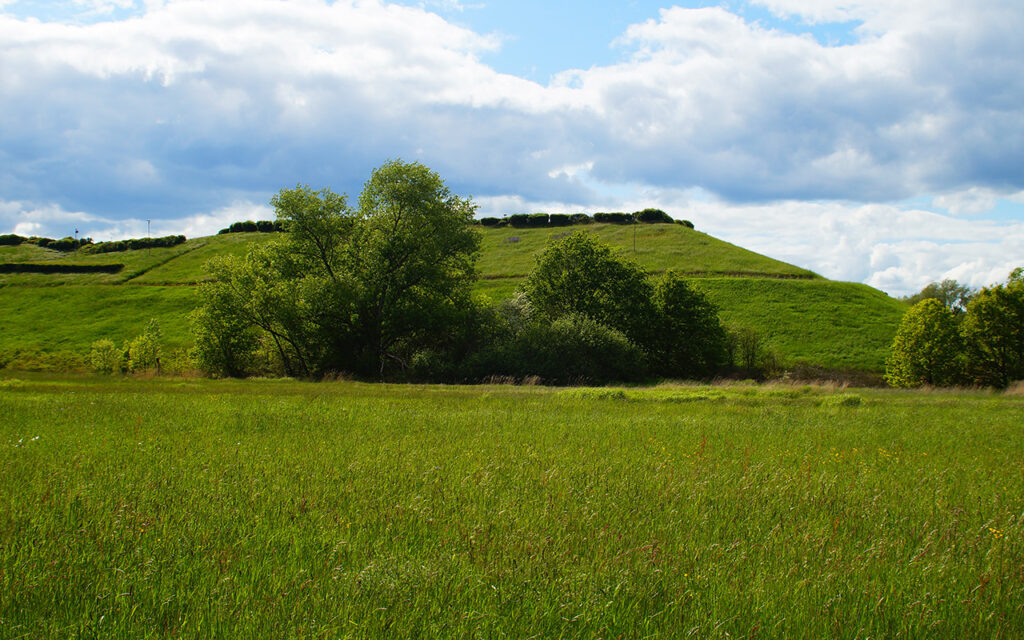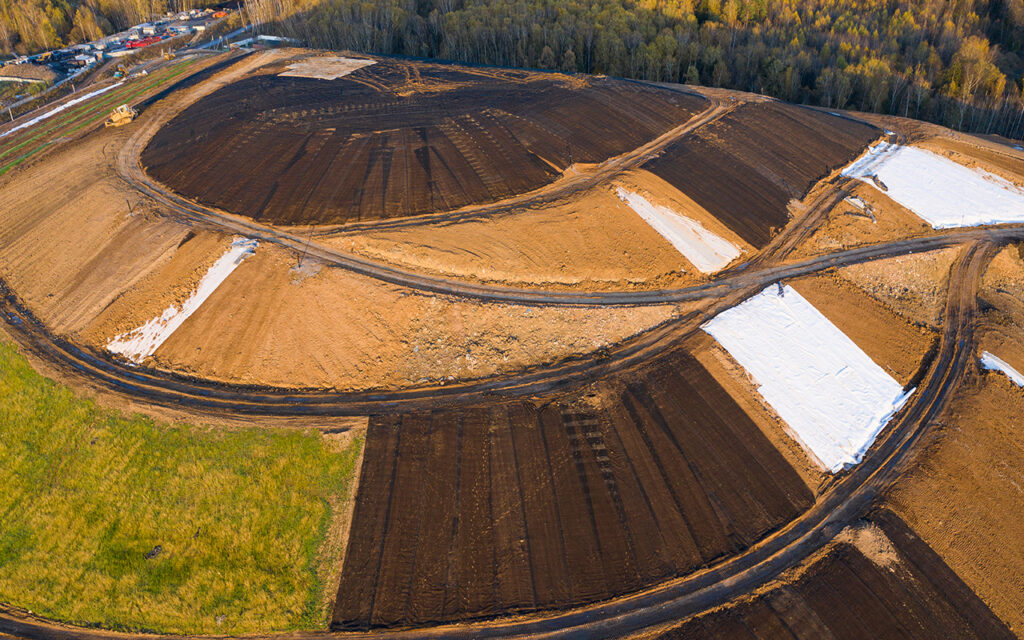Landfills, once a simple solution to waste disposal, have evolved into complex systems within modern societies. For centuries, communities have relied on burying waste in designated areas to manage the accumulation of garbage. However, while landfills continue to play a crucial role in waste management, their environmental impact has become a subject of growing concern and debate.
As we dive deeper into the world of landfills, we will explore their multifaceted influence on waste management practices, pollution levels, and the overall health of our planet. By understanding the complexities of landfill operations and their potential consequences, we can work towards more sustainable waste management strategies.
What is a Landfill?

A landfill is a designated space where waste is collected and isolated from the environment. Modern landfills are built to manage the different types of waste we generate, from household refuse to industrial waste.
Often, these facilities have protective liners, leachate collection systems, and other mechanisms that are designed to trap and treat gases.
The trouble is, not all landfills are built the same. While most of them are designed to mitigate environmental damage, older landfills are sometimes unregulated and lack those key features. This is where environmental harm enters the picture.
Typically, landfills can be broken up into three different categories:
- Municipal Solid Waste Landfills (MSW): Handle general household and commercial waste.
- Industrial Landfills: Deal with waste from industrial processes.
- Hazardous Waste Landfills: Specifically designed to manage dangerous materials like chemicals and toxic substances.
The Pros of Landfills

You’ve probably heard about the cons of landfills more often than the pros. But, there are some. And, again, we can be thankful we don’t live in Medieval times when they had to bury their waste and the poor actually lived amongst it. Let’s take a look at a few of the pros.
Structured Waste Management

Without proper waste disposal systems, unmanaged waste can result in littering, illegal dumping, and uncontrolled pollution. A sanitary landfill offers a controlled environment for the proper disposal of waste, preventing the scattering of trash and contamination of residential and natural areas. Without them, trying to dispose of solid waste would be catastrophic.
Leachate Management and Pollution Control
Modern landfills have liners that are usually made from clay or synthetic materials. This prevents leachate (the liquid that percolates through waste) from contaminating soil and groundwater.
Leachate systems collect this toxic liquid, which is then treated before being released back into the environment. Although this system is hardly flawless, it’s a major improvement over previous waste management practices.
Methane Capture and Energy Production

One of the major by-products of landfills is methane, a potent greenhouse gas that decomposes in an oxygen-deprived environment. To mitigate this, many landfills capture methane gas and convert it into energy.
Complex methane recovery systems turn what could be a harmful emission into a source of renewable energy. Pretty impressive, right? Landfill gas-to-energy projects help offset some of the negative environmental effects by providing a renewable energy source – and potentially reducing our reliance on fossil fuels.
Cons of Landfills

Landfills certainly serve an important purpose And, the truth is, we couldn’t live without them in these modern times. However, they are an imperfect system and some of their cons are quite detrimental. Let’s take a closer look.
Greenhouse Gas Emissions
While capturing methane for energy production is a pro, landfills are still a significant source of greenhouse gas emissions. Methane is 25 times more effective at trapping heat in the atmosphere than carbon dioxide, making it a potent contributor to climate change.
Even with methane capture systems in place, they’re not entirely efficient, and various emissions often escape into the atmosphere. These emissions contribute to global warming and have far-reaching effects on climate patterns, sea levels, and biodiversity. Here’s one small example of how climate change is affecting animal migration.
Leachate and Water Pollution

Despite liners and leachate management systems, no landfill is perfect. Over time, liners can degrade, tear, or become compromised. This allows leachate to seep into groundwater and nearby bodies of water.
The toxic mix in leachate, which can include heavy metals, pesticides, and other harmful chemicals, poses a significant threat to our water quality and aquatic ecosystems. In areas with older or unregulated landfills, the risk of contamination is even higher.
An example of this is the troubled Chiquita Canyon Landfill which continues to struggle to contain noxious fumes and contaminated runoff. This problem is a result of an underground garbage fire.
Land Use and Habitat Destruction

Landfills require huge amounts of land, often destroying natural habitats and displacing wildlife. The conversion of forests, wetlands, and other natural environments into landfills has resulted in a loss of biodiversity and disrupted ecosystems.
Once a landfill reaches capacity, it becomes a “closed” site, but the damage to the land often remains. Closed landfills may be repurposed into parks or green spaces, but the long-term effects on the health of the soil and surrounding ecosystems can be difficult to reverse.
Landfills: Good or Evil?

The truth is, landfills were a major step forward for mankind. But, they are an imperfect system. While they’re a necessary solution for managing waste in the short term, the long-term impacts on the environment and our health are difficult to overlook.
There are certain steps we can take like choosing to recycle, composting, and shifting towards a more circular economy, but it’s certainly a group effort. Have you ever tried searching for “landfills near me?” If so, what did you find?